Unity of thought and determination
With the Paris Agreement signed in January 1973, the United States was forced to withdraw its troops from the South, pledging to end its military involvement in Vietnam. This event opened the period of the Southern revolution to "fight to overthrow the puppet regime". However, the Agreement stipulated the end of hostilities, recognized the existence of two governments, two controlled areas... so how would the overthrow of the Saigon regime - a force that never implemented the Agreement - take place? According to Associate Professor, Dr. Nguyen Dinh Le, University of Social Sciences and Humanities, Vietnam National University, Hanoi, the Resolution of the 21st Central Party Conference (October 1973) resolved this issue.

The practical situation in the South at that time developed according to two possibilities. One was that the Vietnamese people gradually forced the enemy to implement the Agreement, peace was truly restored and the Southern people overcame complex difficulties to achieve independence and democracy. Two was that if the enemy sabotaged the Agreement, "we would have to wage a fierce and resolute revolutionary war to defeat the enemy and gain complete victory". Considering the possible situations, the 21st Central Party Conference affirmed that the key issue to complete the struggle for national reunification was: "In any situation, we must firmly control the armed forces".
On the southern battlefield, after the Paris Agreement was signed, some localities, because they did not fully understand the enemy's plot, were encroached upon by the enemy, losing land and people. Meanwhile, in Zone 9, although the force had not been reinforced as much as in other areas, they had proactively attacked the enemy's encroachment, so the liberated areas were consolidated and expanded. In the face of this situation, the Party Central Committee directed the revolutionary forces in the South: "We must resolutely counterattack and attack the enemy, maintain and promote our initiative in all aspects."
Associate Professor, Dr. Nguyen Dinh Le commented: The most basic spirit of the 21st Conference of the Party Central Committee that was disseminated to the entire Party, the entire army, and the entire people was to prepare and be ready to use revolutionary violence, maintain the strategic offensive position of the Southern revolution, and be ready to go beyond the Agreement if the opponent refused to implement the signed terms.
“From October 1973 onwards, this consistent ideology was thoroughly instilled in all revolutionary forces, thereby creating a synchronous position in both strategic offensive and ideology to bring the resistance war against the US and save the country to its destination. The phenomenon of some localities losing land and people after January 1973 was quickly overcome. Imbued with the spirit of the 21st Conference, from the beginning of 1974 onwards, the Liberation Army not only maintained its own areas but also attacked directly into the centers where Saigon sent troops to encroach.”
Strategic reconnaissance
After a period of grasping the international and regional situation and developments from the battlefield, especially after Nixon was forced to resign, the Party convened an expanded Politburo Conference (from December 18, 1974 to January 8, 1975), to deeply analyze and clarify the comparison of forces between us and the enemy; assess the possibility of US military intervention; the ability to win quickly and thoroughly... At this time, the news of the Southern Liberation Army's resounding victory in the Route 14 - Phuoc Long Campaign created an additional springboard of intimidation from the North of Saigon.
Former Director of the Institute of Vietnamese Studies and Development Sciences, Prof. Dr. Pham Hong Tung, said that the Phuoc Long victory was valuable as a "strategic reconnaissance move", clearly showing the possibility that the US would not intervene militarily again; revealing the weak combat skills of the main force of the Saigon Army, we could have won sooner.
The conference affirmed: “The strategic opportunity is rapidly developing to maturity” and officially made a strategic determination: “To carry out very urgently and complete all aspects of preparation work, create ripe conditions, and launch a general offensive and general uprising...”. If the opportunity came sooner, in early or late 1975, then the South would be liberated immediately in 1975. The strategic combat plan chose the Southern Central Highlands as the main direction of attack, with the main target being Buon Ma Thuot town.
According to Prof. Dr. Pham Hong Tung, implementing the determination of the Politburo, the people of the whole country made every effort to prepare in all aspects with unprecedented heroic spirit, towards the final strategic decisive battle. Our army and people stepped up their activities, fought the enemy everywhere, both to make the enemy continue to weaken and be passive, and to practice diversionary tactics to conceal our intentions and strategic offensive targets.
Meanwhile, the US and the Saigon government were still subjective, assessing that the Liberation Army did not have the ability to capture large towns and cities, and even if they did, they could not hold them. The Nguyen Van Thieu government assessed that the Liberation Army's main direction of attack was the Southeast. The Saigon Army General Staff judged that the Liberation Army would attack strongly in the Northern Central Highlands, so they concentrated their defense forces there. Meanwhile, in the Southern Central Highlands (including Buon Ma Thuot town), the enemy forces were stretched thin and their defenses were vulnerable.
Practice confirms that these were strategic mistakes in judgment and assessment of the US and the Saigon government.
Source: https://daibieunhandan.vn/thoi-co-chin-muoi-dua-cach-mang-mien-nam-toan-thang-post410899.html


![[Photo] Prime Minister Pham Minh Chinh chairs a meeting on the implementation of the Lao Cai-Hanoi-Hai Phong railway project.](https://vphoto.vietnam.vn/thumb/1200x675/vietnam/resource/IMAGE/2025/5/20/0fa4c9864f63456ebc0eb504c09c7e26)
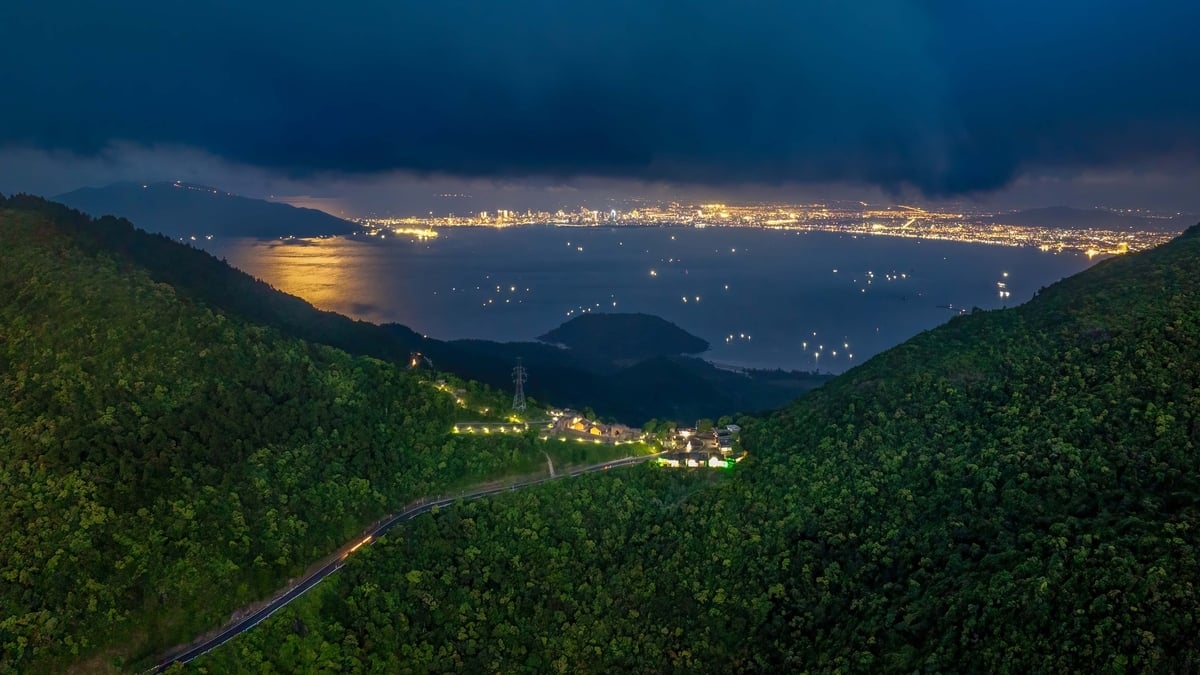
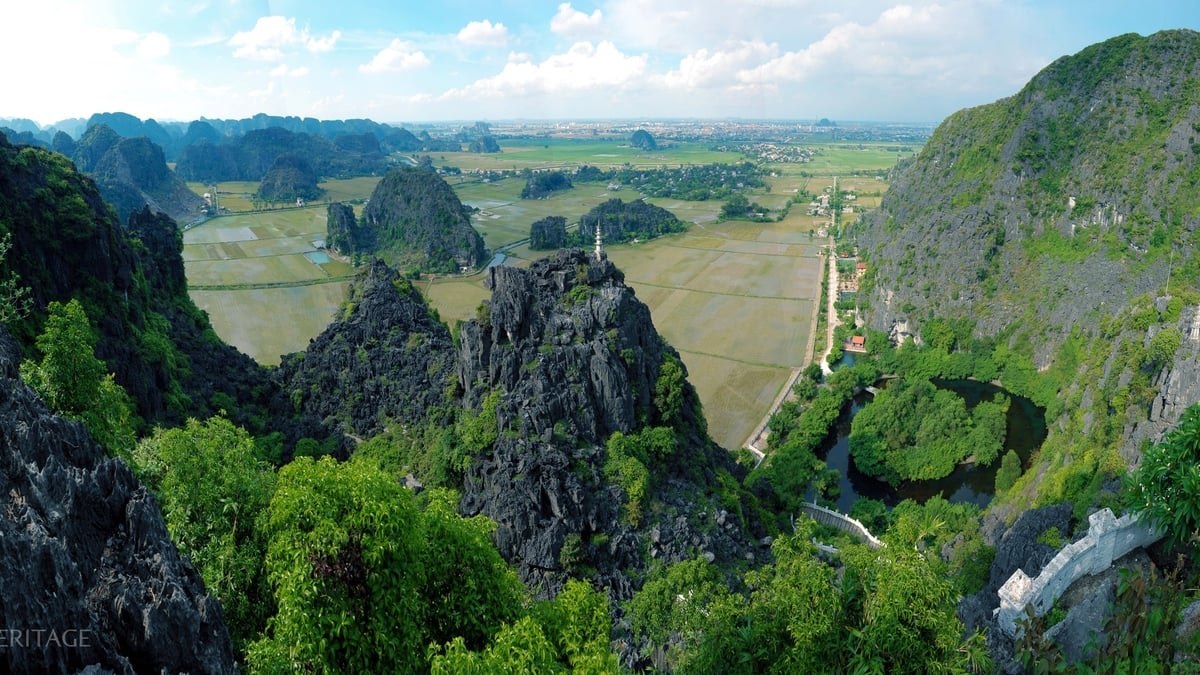
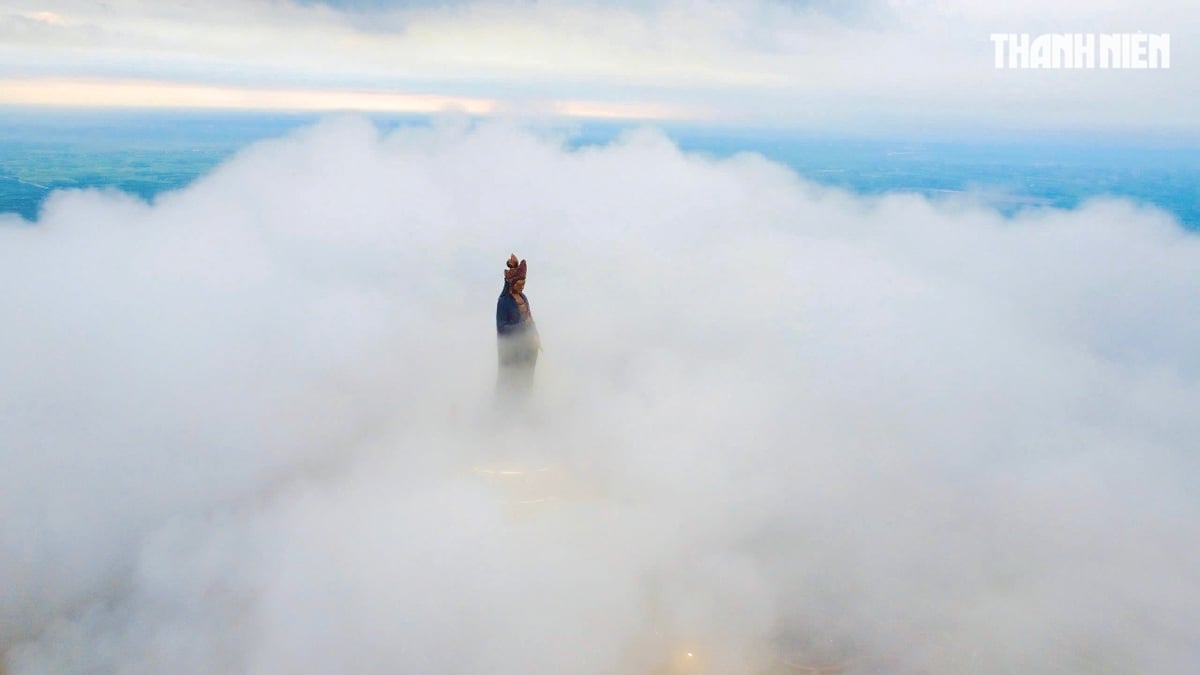
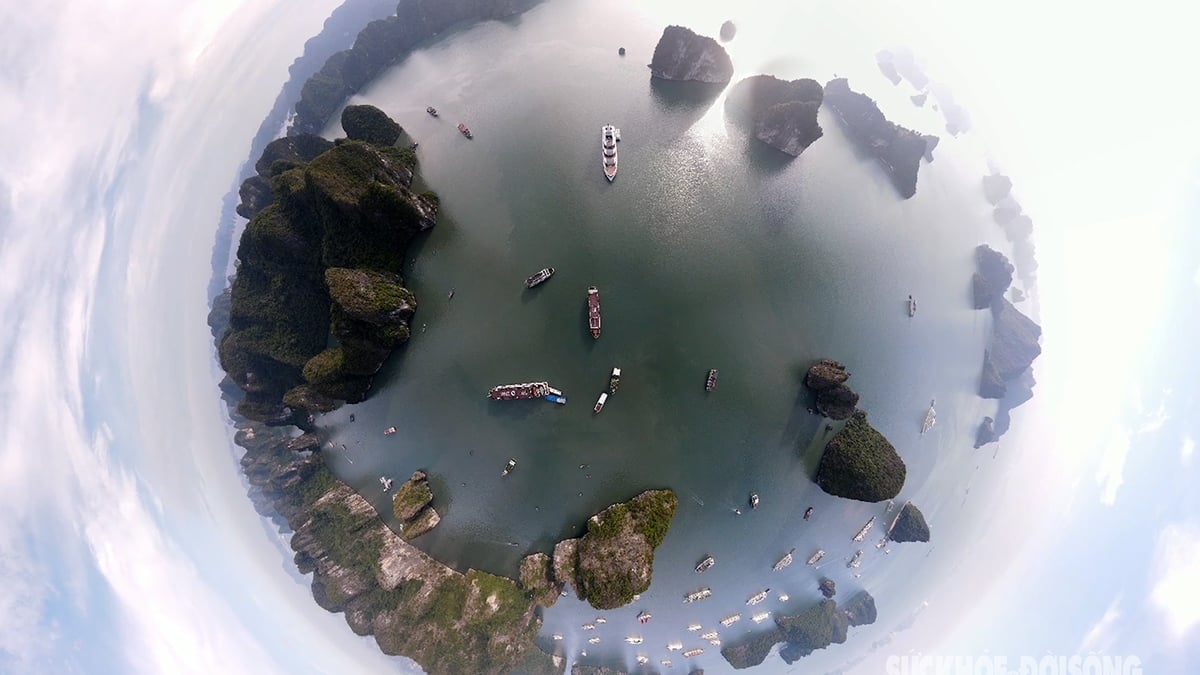




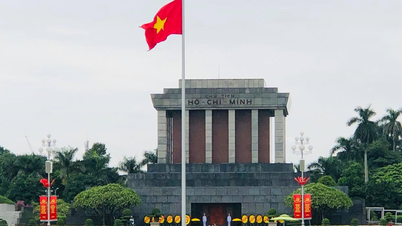

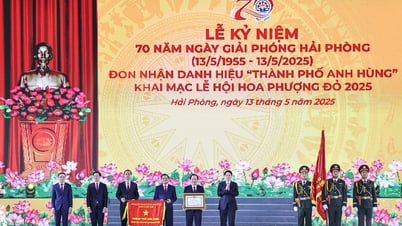

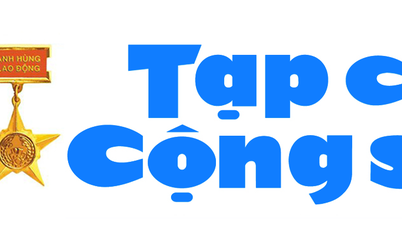






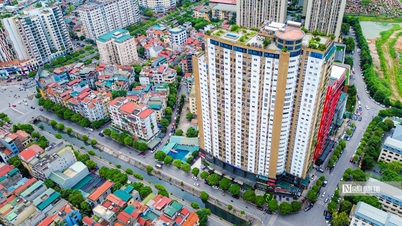




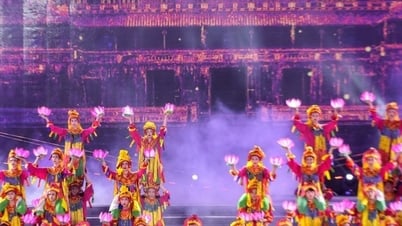

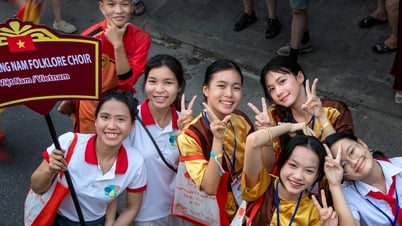
















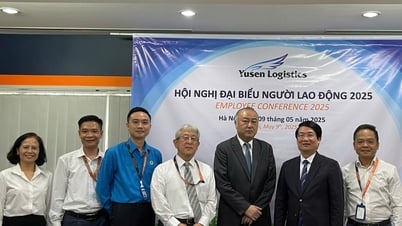


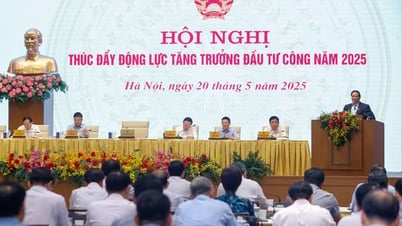






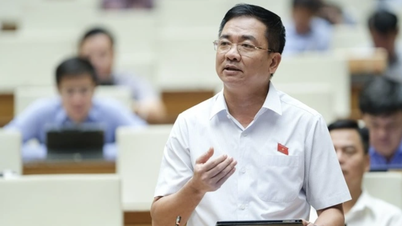
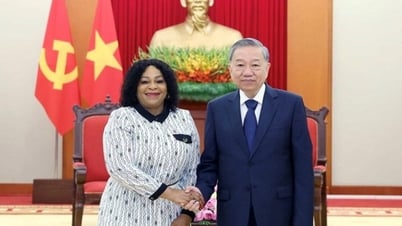

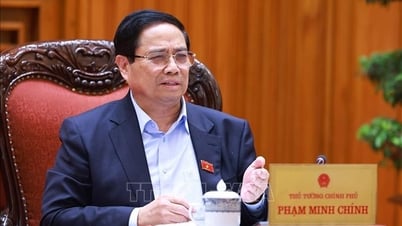


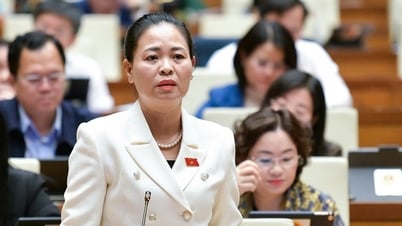

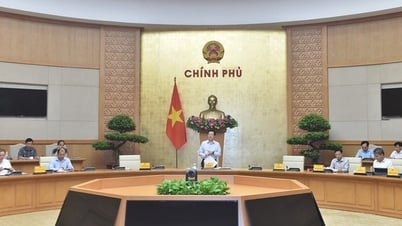

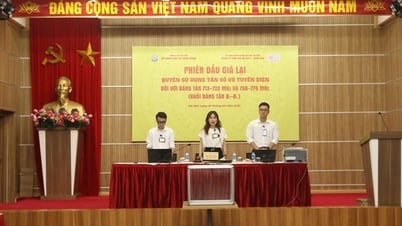

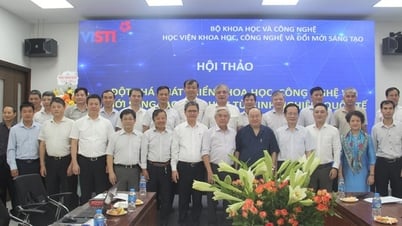
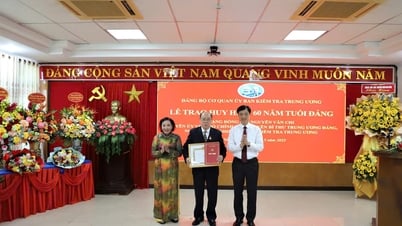

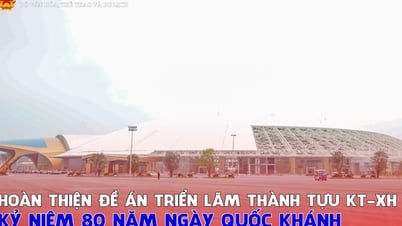
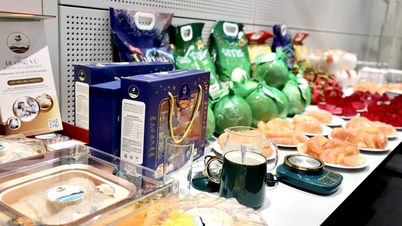

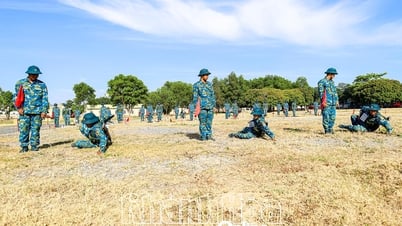

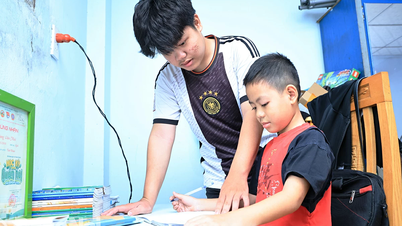

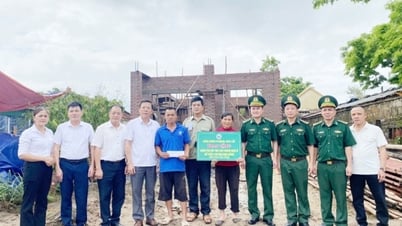
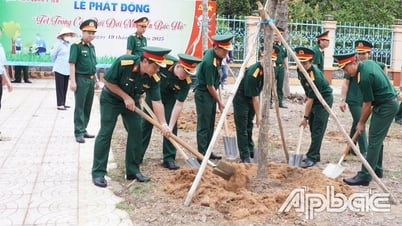

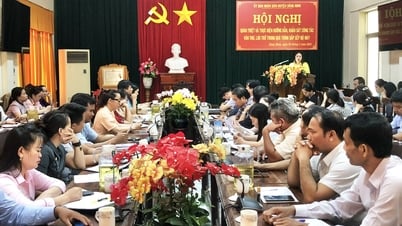

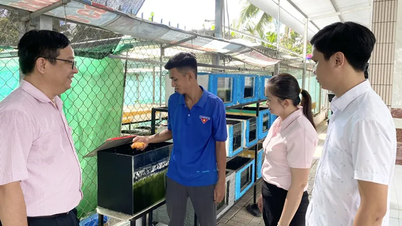













Comment (0)